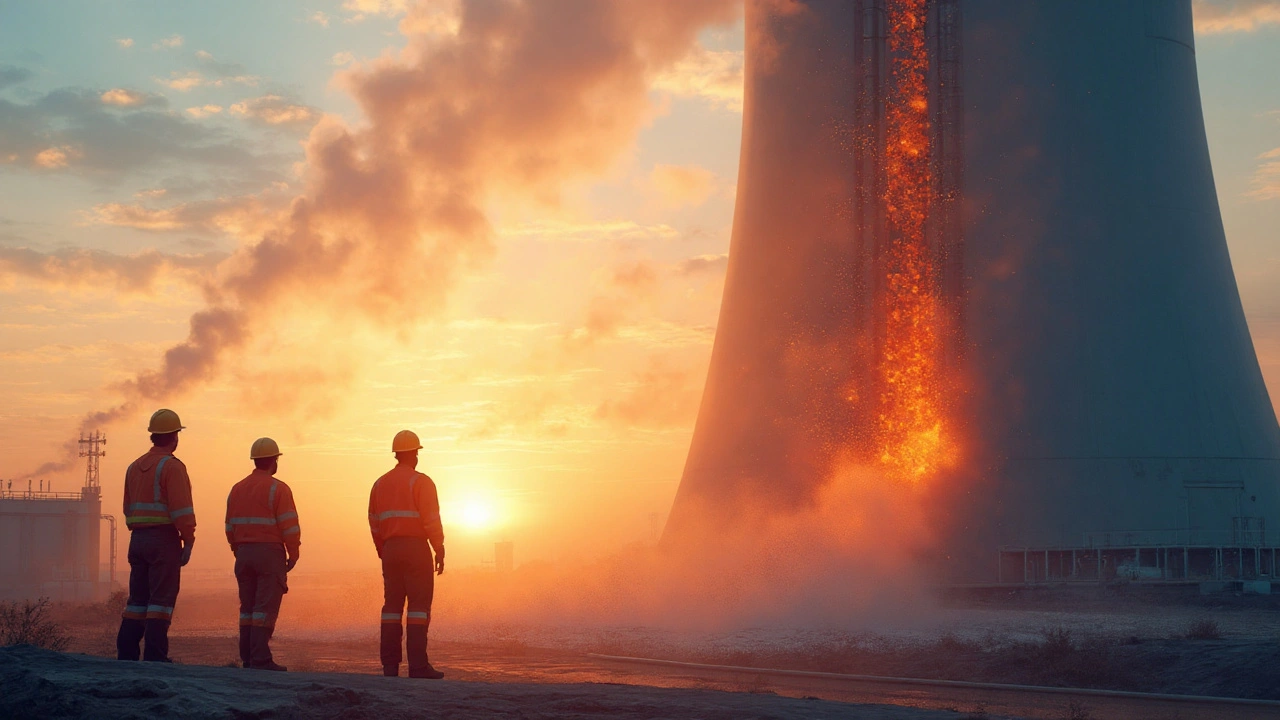Flue Gas Desulfurization Explained – Simple Guide
If you’ve ever wondered why power plants have big towers that look like chimneys, the answer is partly about cleaning the air they blow out. Flue gas desulfurization, or FGD, is the process that pulls sulfur out of the smoke before it reaches the sky. This helps stop acid rain and makes the air safer for everyone.
Most modern coal‑fired power plants use FGD because regulations force them to cut sulfur dioxide (SO₂). Without it, the plant would release millions of pounds of SO₂ each year, turning rain into a corrosive mess that harms forests, lakes, and buildings. The good news is that the technology is proven, reliable, and getting cheaper as more plants adopt it.
Why Desulfurize?
First, health. Breathing air with high SO₂ can irritate lungs and make asthma worse. Second, the environment. SO₂ mixes with water vapor and drops as acid rain, which kills fish and damages crops. Third, the law. Most countries require power plants to meet strict emission limits, and FGD is the easiest way to stay compliant.
Finally, there’s a side benefit: the by‑products of FGD can be turned into useful materials. Some plants sell the gypsum they make to construction companies for drywall, turning a waste stream into cash.
Common FGD Technologies
The most popular method is the wet scrubber. In this system, flue gas passes through a spray tower where a limestone slurry mixes with the gas. The limestone reacts with SO₂ and forms calcium sulfite, which is later oxidized to gypsum. Wet scrubbers are great because they capture over 95% of sulfur.
Dry scrubbers work a bit differently. They spray a dry sorbent—usually lime or sodium bicarbonate—into the flue gas. The sorbent reacts with SO₂, creating a solid that can be collected on filters. Dry systems need less water, making them a good fit for places where water is scarce.
A newer twist is the semi‑dry or spray‑dry absorber. Here, a fine mist of sorbent meets the hot gas, evaporates instantly, and reacts. This method combines the high removal rate of wet scrubbers with the lower water use of dry ones.
Choosing the right system depends on plant size, fuel type, local water availability, and budget. Most owners start with a cost‑benefit analysis that looks at capital costs, operating expenses, and the value of any by‑products.
In practice, plants run the FGD unit continuously, monitoring sulfur levels with sensors. If the system drops below target, operators can adjust the sorbent flow or add more limestone to keep things on track. Modern controls make the whole process almost hands‑free.
Overall, flue gas desulfurization is a win‑win: it protects health, meets regulations, and can even add a revenue stream. If you’re curious about how a local power plant keeps the air clean, ask to see their FGD system or check the emission reports they post online.

How Aluminium Hydroxide Controls Air Pollution: Mechanisms, Benefits, and Comparisons
Explore how aluminium hydroxide works as a sorbent in air pollution control, its chemistry, real‑world applications, and how it stacks up against other treatments.
